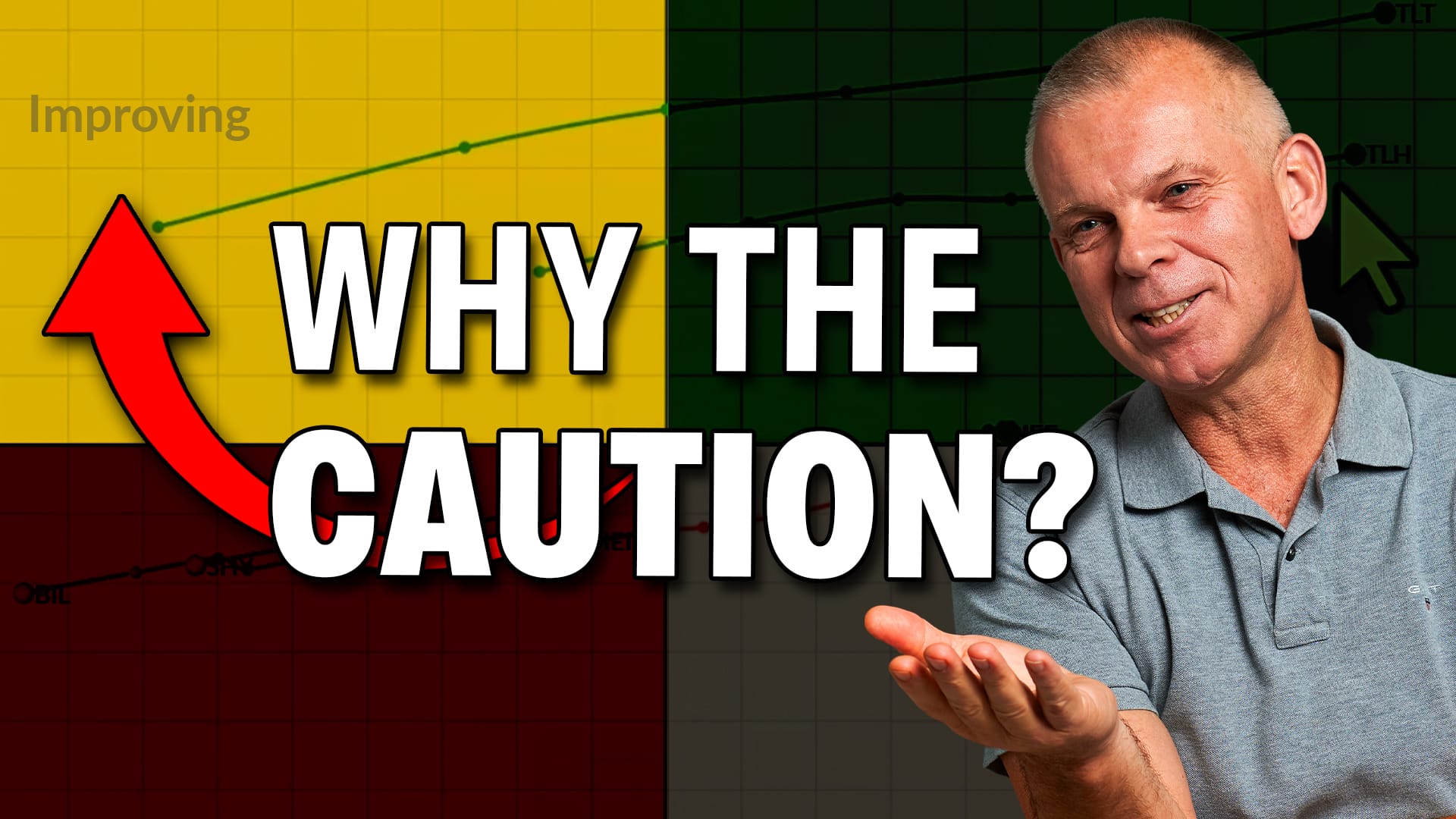10-YEAR TREASURY YIELD REMAINS BELOW SUPPORT BREAK -- S&P 500 STALLS AT KEY RETRACEMENT LEVEL -- OIL FALLS SHARPLY ON SUPPLY SURGE -- DOLLAR BULLISH ETF HITS SUPPORT FROM RETRACEMENT ZONE
10-YEAR TREASURY YIELD REMAINS BELOW SUPPORT BREAK... Link for todays video. Noting recent weakness in the economy and disappointing employment growth, the Fed voted to extend operation twist until yearend. This means the Fed will sell treasuries with short maturities (three years or less) and buy treasuries with longer maturities (six years or more). The aim is to put downward pressure on long-term interest rates. The Fed doesnt really need operation twist to do this. The treasury market lowered interest rates significantly over the last three months and the Fed is just playing catch up. It is quite hard to get ahead of the market. Chart 1 shows the 10-year Treasury Yield ($TNX) falling sharply from mid March to early June. The yield fell below 1.7% in late May and has yet to recapture this level. Why are yields falling? Short answer: the economy is sputtering and employment growth is stagnating. I would not say the economy is in decline (recession), however, growth expectations have changed since the 10-year Treasury Yield broke to new lows. The trend in long-term yields is down and this is negative for stocks and the economy. Notice that $TNX is positively correlated with the S&P 500. Broken support at 17 (1.7%) turns into resistance and it would take a move above this level to reverse the three month downtrend.

(click to view a live version of this chart)
Chart 1
Chart 2 shows the 7-10 year T-Bond ETF (IEF) in a clear uptrend since July. The ETF surged from July to September, formed a long ascending triangle and broke resistance in May. This breakout occurred when the S&P 500 broke down, which confirms the negative correlation between stocks and treasuries. After a surge from 101 to 109, IEF was overbought and ripe for a pullback or consolidation. This appears to be happening now. A break below the early June low would be short-term bearish and argue for further weakness back towards broken resistance in the 105 area. Failure to break down and another push higher would be very negative for stocks.

(click to view a live version of this chart)
Chart 2
S&P 500 STALLS AT KEY RETRACEMENT LEVEL... Dow Theory teaches us that there are primary and secondary price movements. A primary movement is in the direction of the bigger trend, while a secondary price movement is counter to that trend. In an uptrend, a primary move is up and prices are expected to exceed the prior peak. Secondary moves are down and these corrections are expected to hold above the prior trough. The opposite holds for a downtrend. The primary moves are down and prices are expected to exceed the prior troughs. The secondary moves are up and prices are expected to fall short of the prior peaks. Now if we could just distinguish between primary and secondary price movements! Chart 3 shows the S&P 500 with a sharp decline from early April to early June. Was this a primary move or a secondary move? As noted in a prior market message, there is a clear five wave structure to this decline, which would indicate a primary move from an Elliott Wave standpoint. Also notice that the index clearly broke support in the 1360 area and the decline was strong enough to push RSI into oversold territory (<30). These features suggest that the decline was primary, which makes the current advance secondary.

(click to view a live version of this chart)
Chart 3
If the current advance is secondary, then it is regarded as a correction within a bigger downtrend. The advance should peak below the prior peak (early April) and the subsequent decline should exceed the early June low. Notice that the index is currently at the 61.80% retracement line and broken support. This is an ideal spot for a secondary correction to end. Also notice that RSI is trading at 60, which offers resistance in a bigger downtrend. Even though the index is stalling at this key level, we have yet to see a short-term reversal lower. In other words, the trend remains up for this secondary advance. Chart 4 shows the Nasdaq at a similar moment-of-truth. Chart 5 shows the Russell 2000 stalling in the broken support zone.

(click to view a live version of this chart)
Chart 4

(click to view a live version of this chart)
Chart 5
OIL FALLS ON SUPPLY SURGE... Technical analysis is all about measuring supply and demand. We use charts, indicators and volume to determine where the balance of power lies. A downtrend indicates that supply is dominant, while an uptrend signals demand dominance. Commodity markets, like oil, are also vulnerable to external supply shocks that can influence prices. Today the energy department reported that oil supplies surged to a 22 year high. In addition to this supply shock, US oil consumption (demand) has been in a downtrend since 2006. Chart 6 shows the US Oil Fund (USO) confirming the supply glut. Notice that USO broke rising flag support in early May and fell over 20% the last six weeks. Even though oil is oversold, there are simply no signs of support or buying pressure. With todays decline, USO broke the June low and the next support level resides around 19, which is the October low. Chart 7 shows Spot Light Crude ($WTIC) for reference. Note that oil and stocks are positively correlated, which means a decline in oil is negative for stocks.

(click to view a live version of this chart)
Chart 6

(click to view a live version of this chart)
Chart 7
DOLLAR BULLISH ETF HITS SUPPORT FROM RETRACEMENT ZONE... A sharp decline in the Dollar fueled the risk-on trade and the surge in the stock market this month. However, note that oil did not take part in this risk-on trade and treasuries actually held up pretty well. The risk-on trade was not hitting on al cylinders. Most of this risk-on trade appears to be based on the Dollar (Euro) and the stock market. Chart 8 shows the US Dollar Fund (UUP) in an uptrend since late summer with a series of rising peaks and troughs. This means the advances are primary price moves and the declines are secondary (corrections). After a big surge to 23 in May, UUP was overbought and ripe for a pullback. There was certainly a pullback as the ETF declined rather sharply this month. Despite this sharp move lower, support is at hand from broken resistance levels and the 50-61.80% retracement zone. The greenback is firming a little today and traders should be on guard for a resumption of the bigger uptrend. The indicator window shows that stocks and the Dollar are largely negatively correlated. This means a move higher in the Dollar would be negative for stocks. As with the stock market, it looks like the Dollar is at its moment-of-truth. We can also expect plenty of news coming out of Europe the next few weeks because there is an EU summit at the end of the month and the European Central Bank (ECB) meets in early July. Chart 9 shows the Euro Currency Trust (FXE) meeting resistance at broken support and forming a rising flag the last few weeks.

(click to view a live version of this chart)
Chart 8









